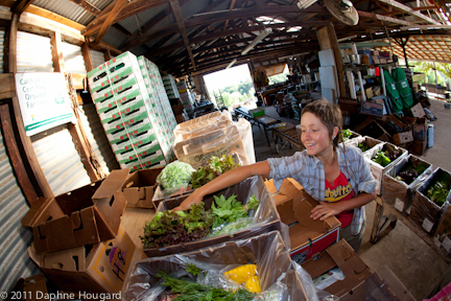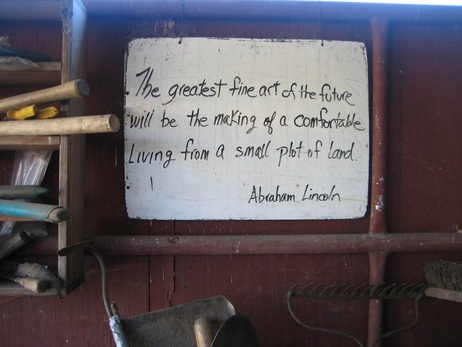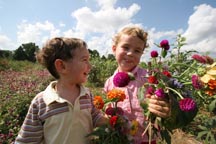
It is going to take BIG picture, outside-of-the-box thinking like that of Larry Yee and Jim Cochran. They share a vision for a new food future taking a "whole systems" approach which will relocalize our food system. At the core are several mid-sized, organic farms each producing a variety of different crops versus large, industrial-sized mono-crops. The engine which drives the model brings these diverse products to a regional hub where it is aggregated for local, not national, distribution to area markets. "Local" is the operative word. And in being local, players both producing and marketing work together and in cooperation. They are partners in community and representatives from this community serve as a governing body to steer the system. Other key elements include, a land trust which preserves farmland and helps local food producers acquire their land and a community bank which provides financial services and invests in area enterprise. It is dramatic shift from where we are now but it's the change we need. Larry and Jim are realistic and have set an attainable first goal of providing locally sourced food to 10% of the US food market by 2020 starting out in five pilot cities and eventually having cooperation between neighboring regional hubs as more develop. Plans are still in their infancy stages but a dream team of strategists and doers have been assembled. The ball is in motion. Look for it in an area near you...The Food Commons.




 RSS Feed
RSS Feed
